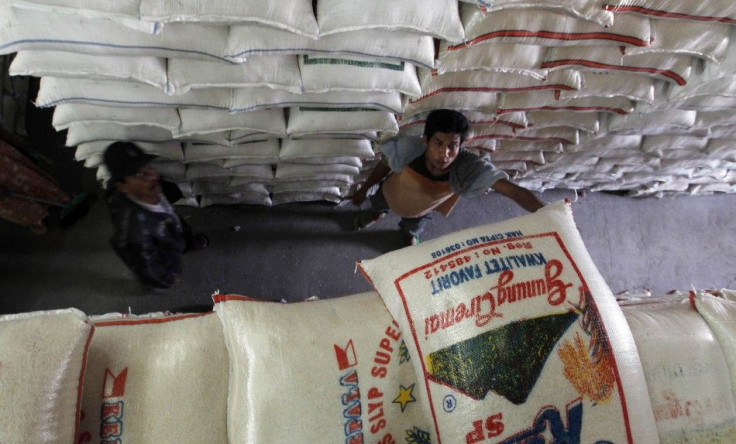El Niño Lagging Behind, Could Come in September – Australia

From an initial July impact forecast, the Australia's Bureau of Meteorology announced the El Niño weather phenomenon seemed to lag behind and might probably develop by September, even as it saw a deceleration in Pacific Ocean warming associated with the weather pattern.
The bureau said ocean warming had eased off in recent weeks, which runs contradictory to previous El Niño events when temperatures continued to rise.
"Warming of the tropical Pacific Ocean over the past several months has primed the climate system for an El Niño in 2014," Australia's weather bureau said. "However, in the absence of the necessary atmospheric response, warming has leveled off in recent weeks."
Andrew Watkins, Supervisor Climate Prediction at the Australian Bureau of Meteorology, told Reuters the occurrence of the 2014 El Niño remained "likely."
"The recent observations may suggest a later El Niño and it has perhaps reduced the chance of very strong El Niño like we saw in 1997/1998."
El Niño forms when waters in the eastern Pacific turn extraordinarily warm compared with the west, stalling or reversing the easterly trade winds, the Courier said. When this happens, droughts and bushfires in Australia and east Asia could be expected while countries bordering the eastern Pacific suffer from heavy rains and floods.
The last El Niño the world experienced was from 2009 to 2010. The Pacific has been in its cooler state, called La Niña, or neutral since then.
"The odds of having a very strong event have probably eased somewhat (from readings in April and May)," Watkins said. "But it (still) can't be ruled out," he stressed, noting sub-surface temperatures in the Pacific at 100 metres deep continue to run at 5 degrees above normal.
Surface temperatures remain likewise 1-2 degrees above normal for much of the equatorial ocean.
September is the start of spring season in Australia. It ends through November.





















